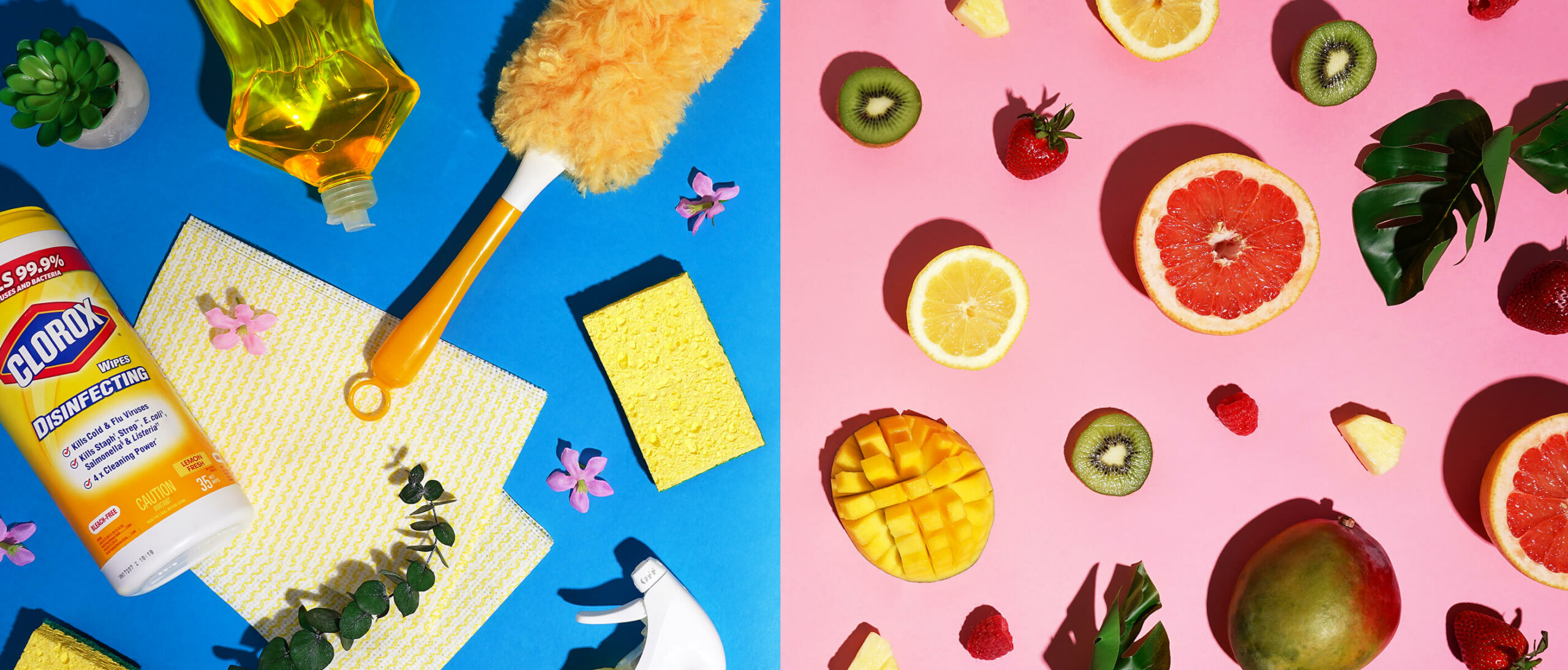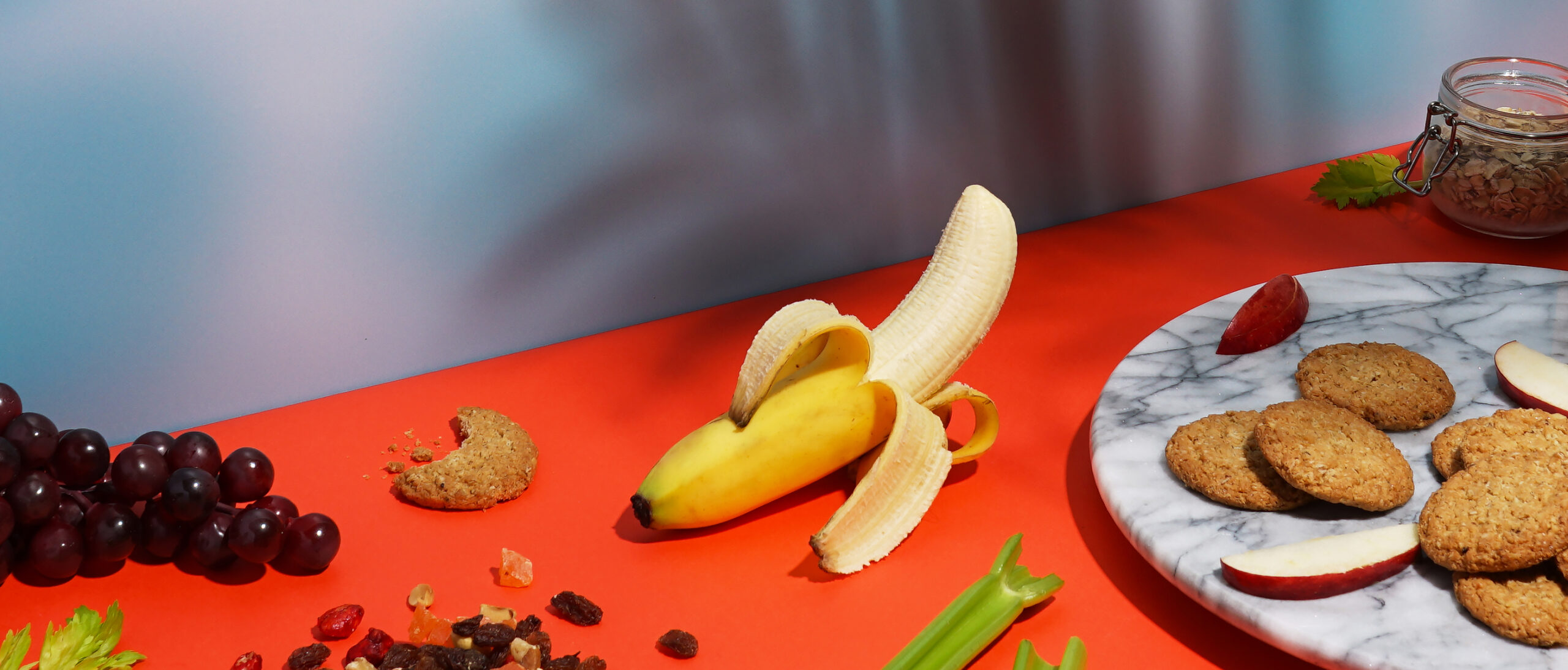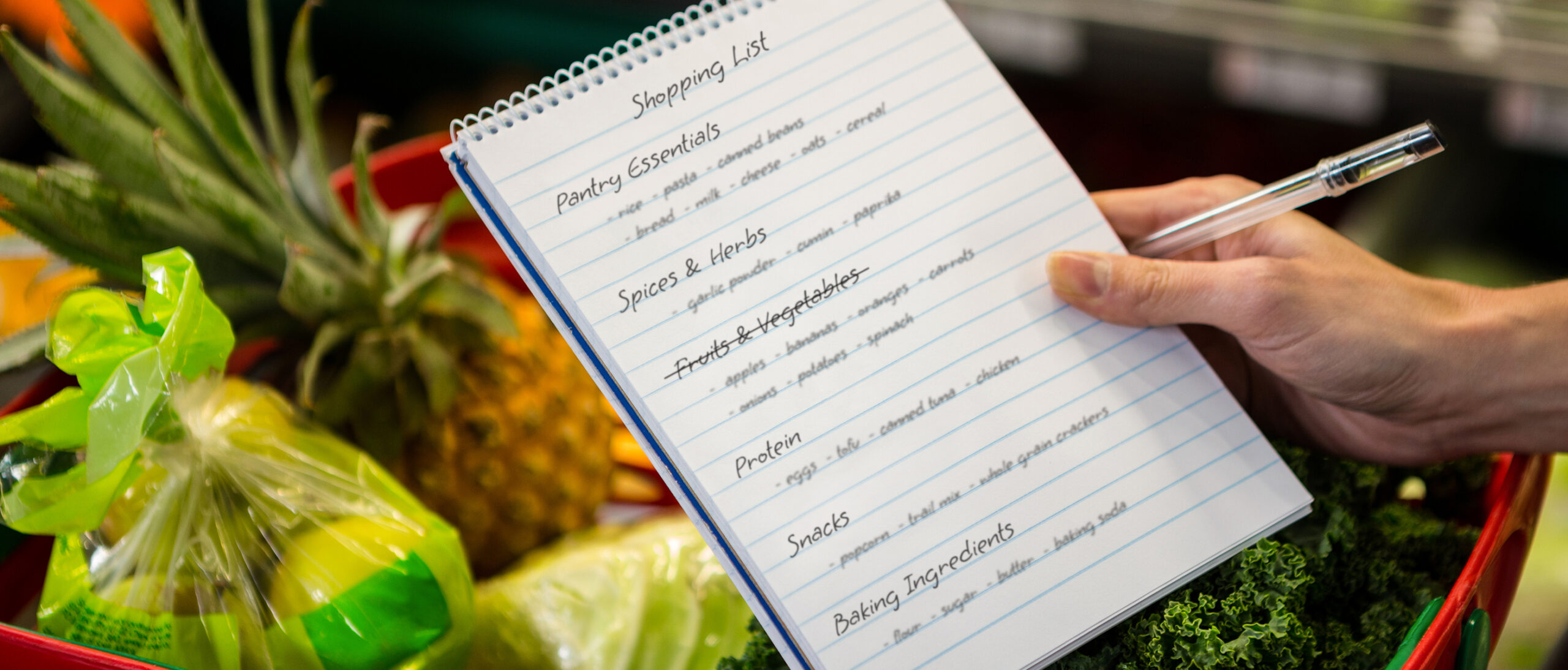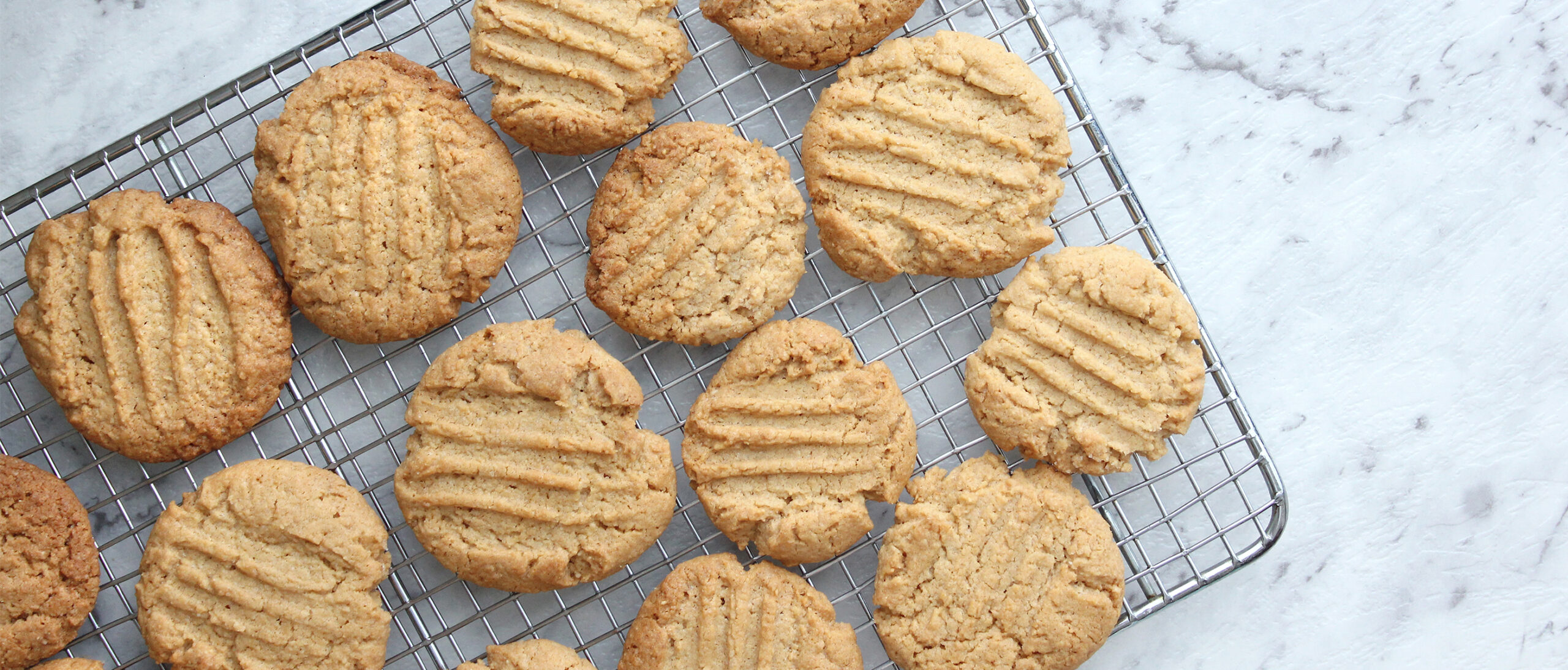Whether you’re brand new to cooking or a seasoned chef, food safety should always be on your mind before and after prep. There are a lot of different things you have to remember when working in the kitchen, but we’ve compiled a list of the most common things to watch out for when you’re cooking.
Wash fresh fruits and vegetables
Many people don’t know this, but you should be washing your fruits and vegetables once you’ve brought them home from the grocery store. Aside from people handling the produce at the store itself, the food could also have come into contact with contaminated soil or water. For these reasons, you should always wash your produce. It’s quite quick and easy to do though, all you have to do is:
- Gently rub produce while holding under plain running water. There’s no need to use soap or a produce wash.
- Use a clean vegetable brush to scrub firm produce, such as melons and potatoes.
- Dry produce with a clean cloth or paper towel to further reduce bacteria that may be present.
Keep your cutting boards clean
Cutting boards see a lot of raw produce and meat, so it’s important to keep these very clean in between uses. Plastic, glass, and solid wood boards can be washed in a dishwasher unless labeled otherwise, but if you don’t have a dishwasher, follow these easy sanitization steps.
- Wash with hot, soapy water after each use. Rinse with water and air dry or pat dry with clean paper towels.
- Wooden and plastic cutting boards can be sanitized with a solution of 1 tbsp unscented liquid bleach to 1 gallon of water. Tip: do this next step in a sink or basin. Cover the surface of the board with the bleach solution and let it sit for several minutes. Rinse with water and air dry or pat dry with clean paper towels.
All plastic and wooden cutting boards will wear out over time, so make sure to check for grooves or splits that are hard to clean so you can discard them before they accumulate bacteria.
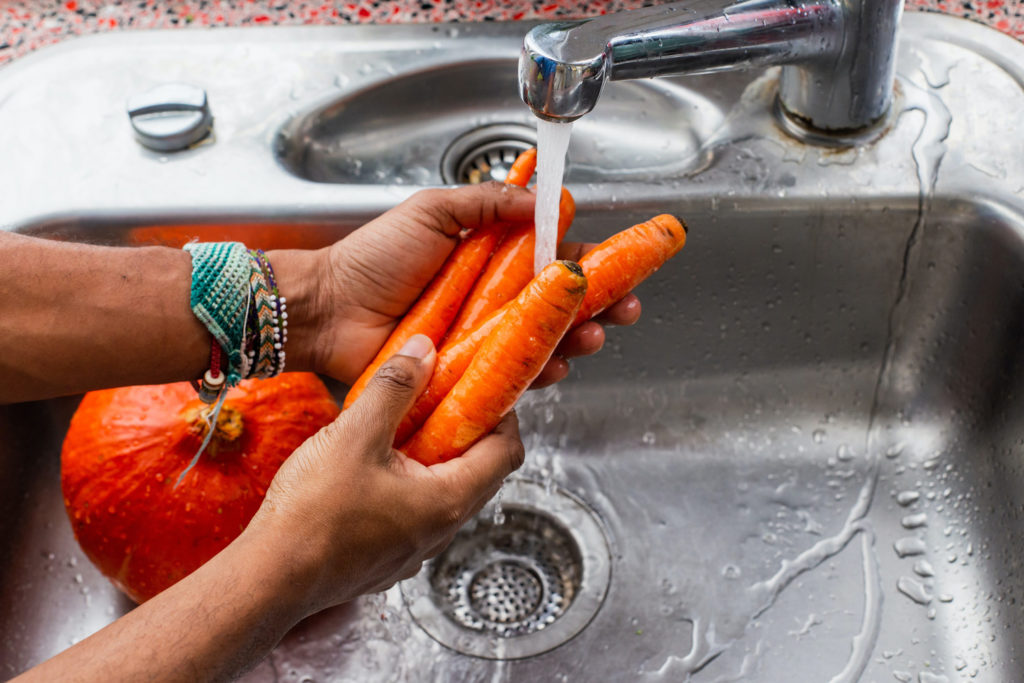
Practice safe food handling
There are four easy steps to handle food safely, which are: clean, separate, cook, and chill.
Clean: Make sure to keep your hands, surfaces, utensils, and food clean. Wash your hands before and after handling raw meat and produce. Wash utensils and surfaces that come into contact with raw ingredients. Lastly, clean produce before beginning prep.
Separate: Keep your raw meat, poultry, seafood, and eggs separate from the other foods in your shopping cart, grocery bags, and refrigerator. Use separate cutting boards for fresh produce and raw meats, and make sure to keep cooked food off unwashed plates that have been used to hold raw meats.
Cook: Make sure you are cooking foods to the right temperatures. Use a food thermometer to make sure you are reaching internal temperatures that will destroy harmful bacteria. Bring sauces, soups, and gravy to a boil when reheating.
Check out this guide from foodsafety.gov for the minimum safe cooking temperatures of each type of food.
Chill: Refrigerate your leftovers as soon as possible. You can divide large amounts of leftovers into shallow containers for quicker cooling in the refrigerator. Defrost foods in the refrigerator, in cold water, or in the microwave — never at room temperature. Make sure your fridge temperature is consistently below 40° F (4° C) or below and the freezer temperature is 0° F (-18°C) or below.
Follow these simple ABC’s of food safety, and you’ll be set for success when preparing delicious, money-saving recipes at home. Now that you have the basics down, check out the Food & Drink section for some of our favorite recipes.
















